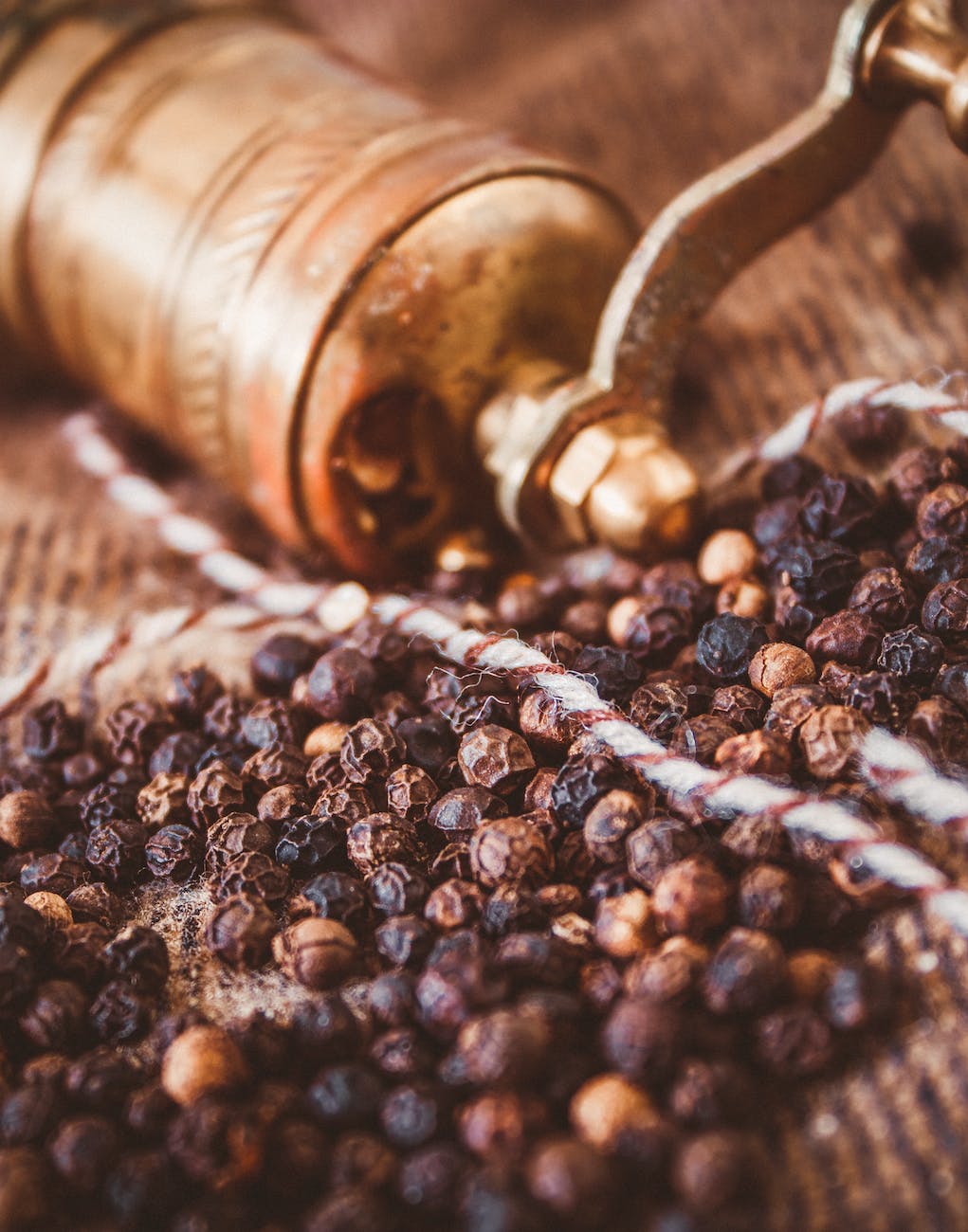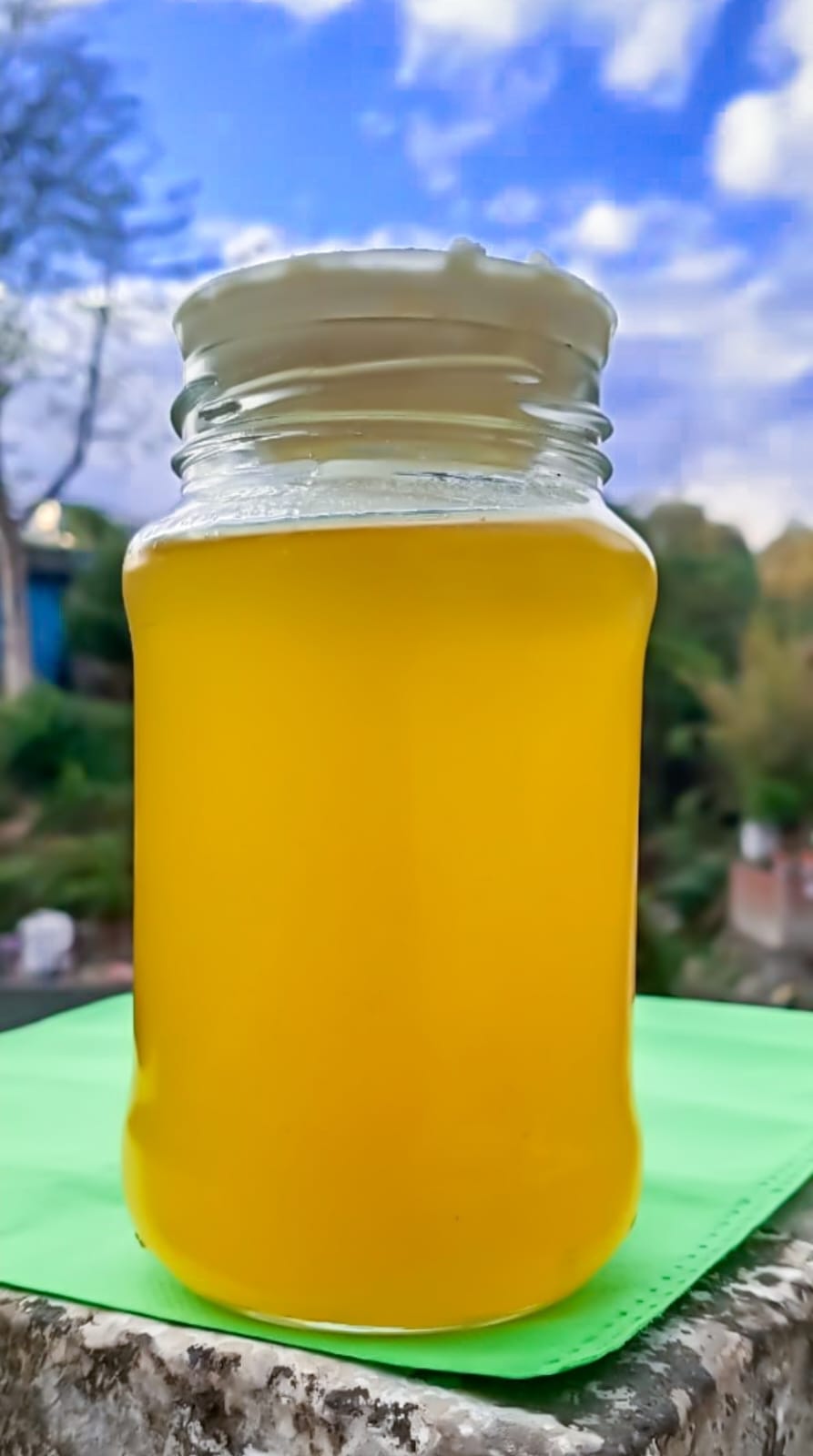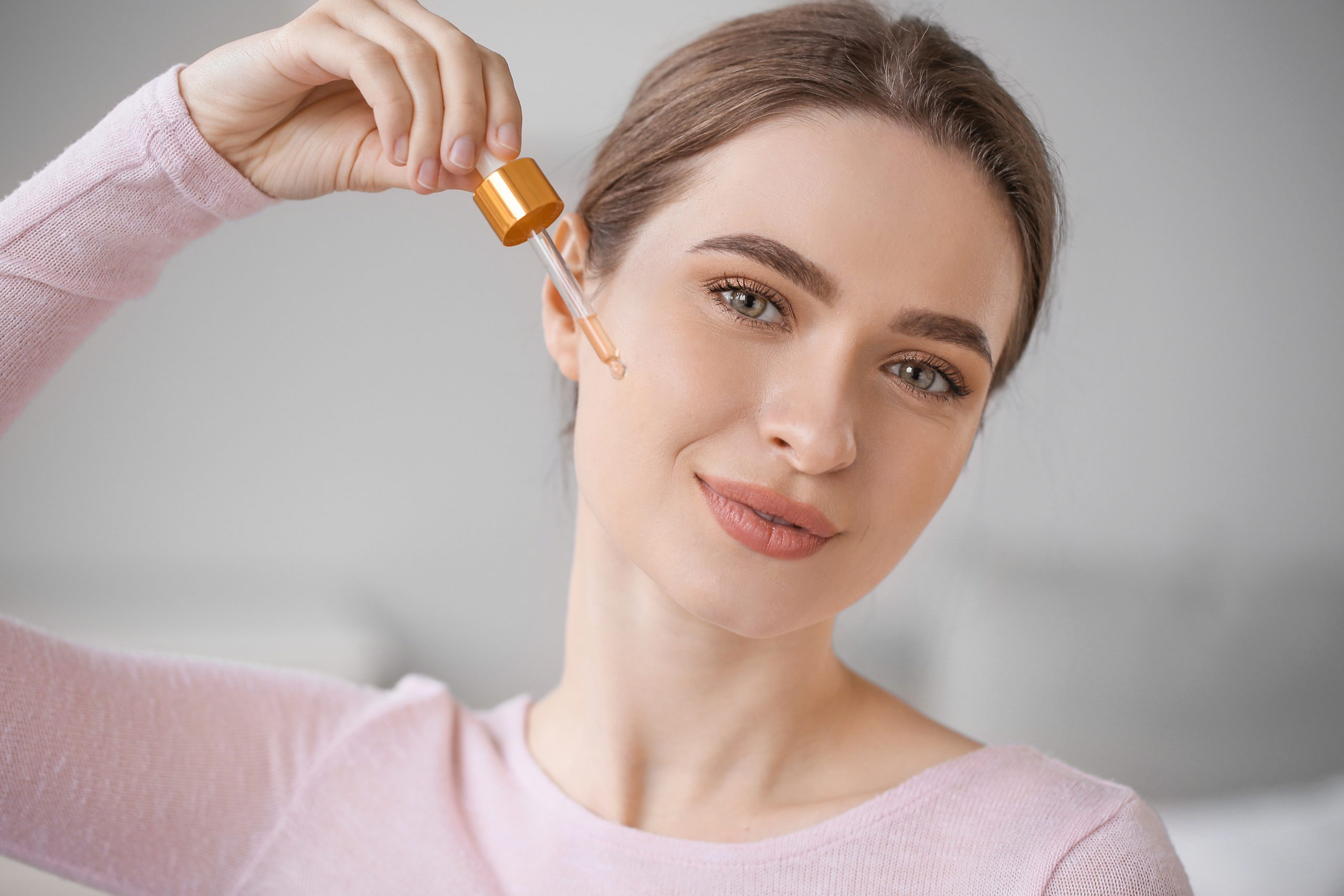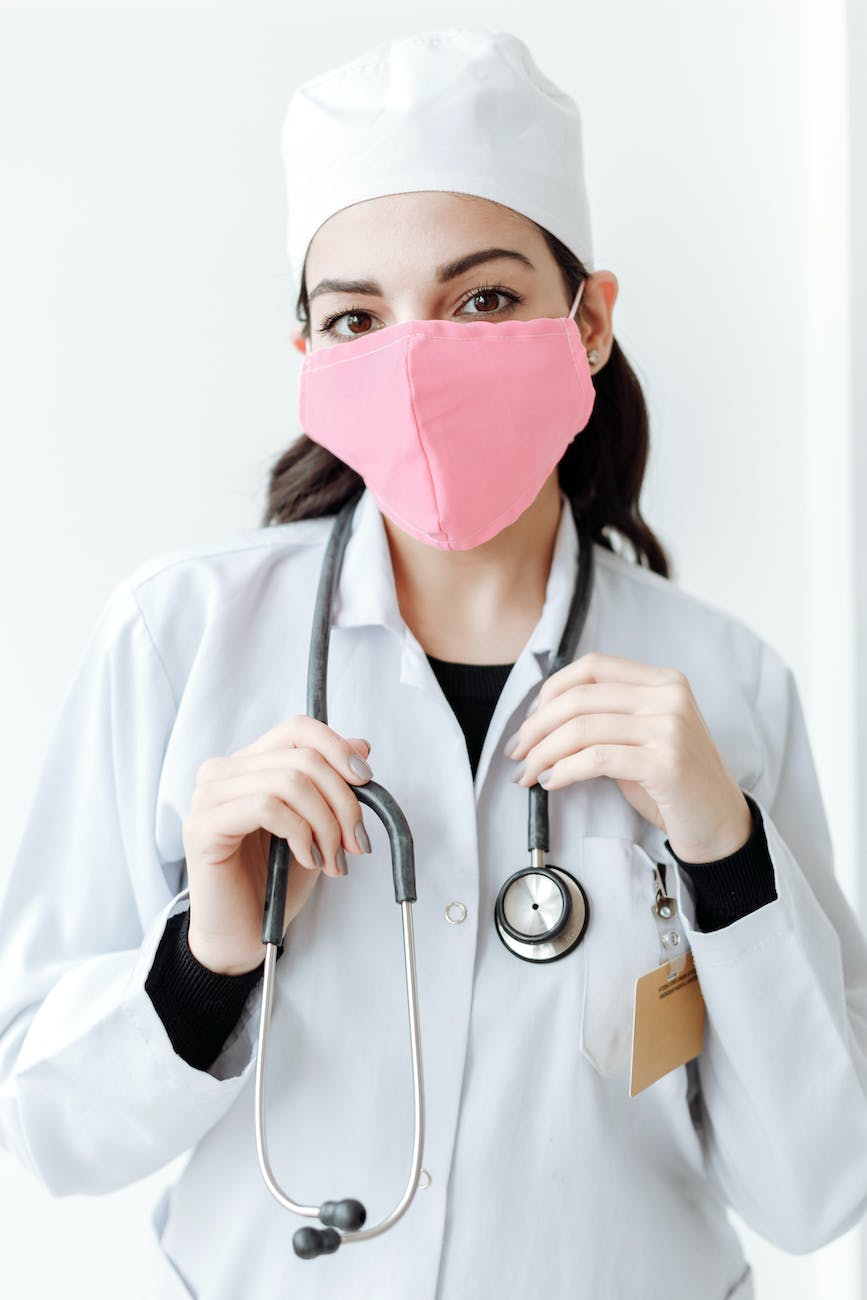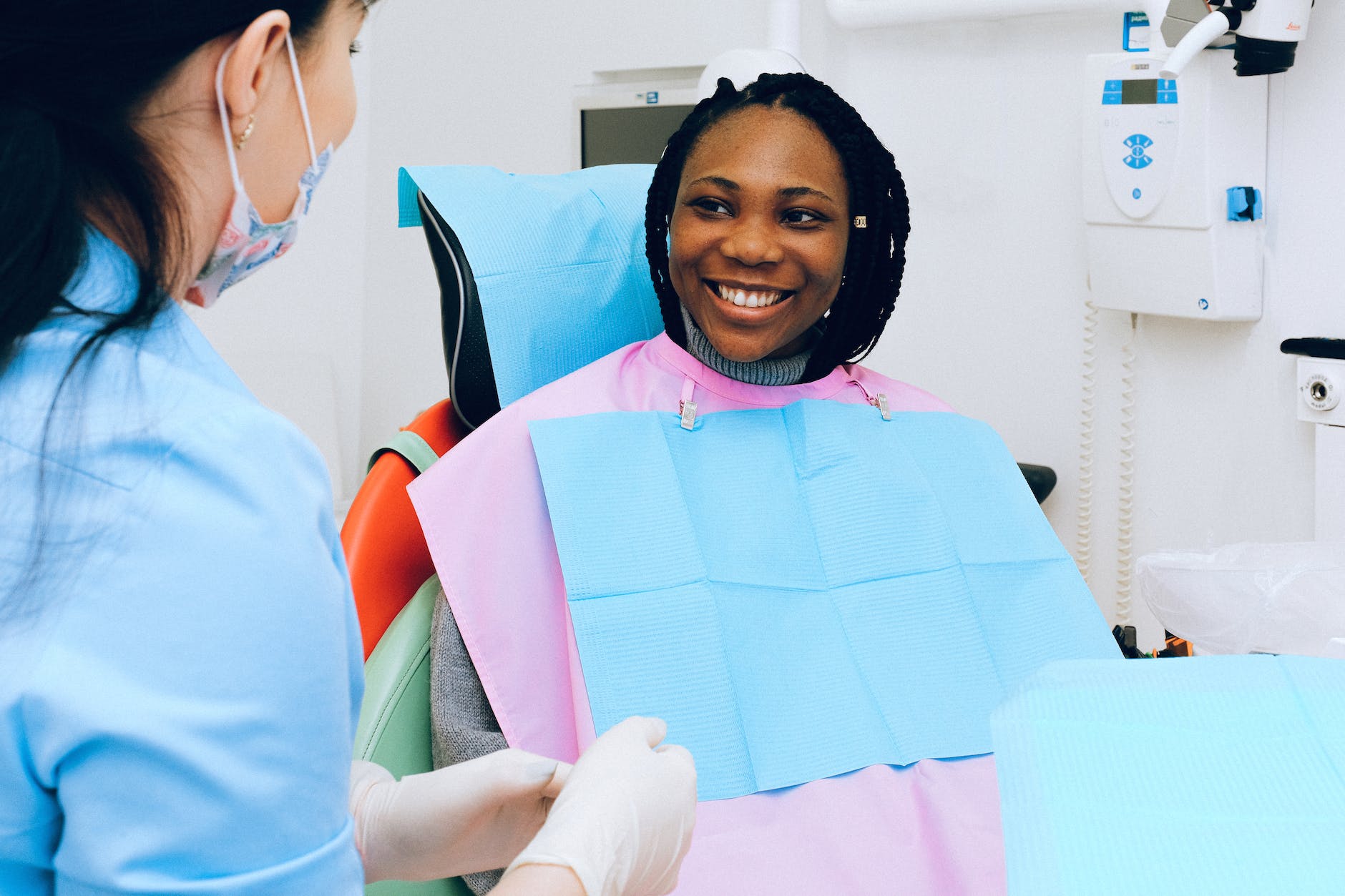
1. Introduction:
In recent years, the allure of ageless beauty and the pursuit of a wrinkle-free visage have skyrocketed the popularity of Botox treatments. From Hollywood celebrities to everyday individuals, many have turned to this seemingly magical solution to combat the signs of aging. But beyond its cosmetic appeal, Botox has also found its way into the medical realm, offering relief for various conditions. As its use becomes more widespread, it’s crucial to delve into the long-term effects of Botox. Is it truly the fountain of youth, or are there considerations one should be aware of?
2. What is Botox?:
Botox, a brand name for botulinum toxin type A, is a protein derived from the bacterium Clostridium botulinum. At its core, Botox works as a neuromodulator, temporarily paralyzing muscle activity. When injected in minuscule amounts, it blocks nerve signals in the muscles where it’s injected, causing temporary muscle relaxation.
Originally, Botox gained FDA approval in the late 1980s for treating eye muscle disorders. However, its cosmetic potential was soon realized when patients reported a reduction in facial wrinkles following treatment. Today, Botox is renowned for its ability to smooth out facial lines, especially those pesky frown lines between the eyebrows and crow’s feet around the eyes.
But its applications don’t stop at aesthetics. Botox has been employed for a myriad of medical conditions, including chronic migraines, excessive sweating (hyperhidrosis), and even overactive bladder symptoms.
3. The Positive Long-Term Effects:
The appeal of Botox isn’t just skin deep. Here are some of its long-term positive effects:
- Wrinkle Prevention: One of the standout benefits of Botox is its ability to not only smooth out existing wrinkles but also prevent the formation of new ones. By regularly relaxing specific facial muscles, the skin atop those muscles remains smooth, preventing the deepening of dynamic wrinkles into static ones.
- Consistent Results: With regular treatments, users can maintain a consistent, youthful appearance. The effects of Botox, while temporary, can be prolonged with routine sessions, ensuring that the desired look is sustained over time.
- Medical Benefits: Beyond cosmetics, Botox has showcased positive long-term effects in treating various medical conditions. For instance, chronic migraine sufferers have reported fewer and less severe headaches with regular Botox treatments. Similarly, those with hyperhidrosis have found long-lasting relief from excessive sweating.
- Boosted Confidence: Let’s not underestimate the power of feeling good in one’s skin. Many Botox users report a significant boost in self-confidence and overall well-being, knowing that they look as vibrant and youthful on the outside as they feel on the inside.
4. The Negative Long-Term Effects:
While Botox has garnered acclaim for its myriad of benefits, it’s essential to approach it with a well-rounded perspective. Like any medical treatment, Botox comes with its set of considerations:
- Tolerance Development: Some long-term users have reported developing a tolerance to Botox. This means that over time, they might require larger doses to achieve the same effects, or the duration of the effects might shorten.
- Muscle Atrophy: Prolonged use of Botox can lead to muscle atrophy in the treated areas. Since the muscles are repeatedly relaxed and not used as frequently, they can weaken and thin over time.
- Spread of Toxin Effects: In rare cases, the effects of the botulinum toxin may affect areas of the body away from the injection site, causing symptoms of botulism. These can include muscle weakness, vision disturbances, and difficulty speaking or swallowing.
- Cosmetic Concerns: Overuse or incorrect placement of Botox can lead to droopy eyelids, a “frozen” facial appearance, or an asymmetrical look. It’s crucial to choose a skilled and certified practitioner to minimize these risks.
5. Comparing Short-Term vs. Long-Term Effects:
Botox’s allure often lies in its immediate results, but how do these stack up against the long-term effects?
- Short-Term: Shortly after a Botox treatment, users can expect a reduction in the appearance of wrinkles and fine lines. There might be minor swelling or bruising at the injection site, but these side effects typically subside within a few days. The full effects of the treatment become visible within 1-2 weeks.
- Long-Term: Over extended periods, the skin atop the treated muscles remains smoother, leading to a more youthful appearance. However, as mentioned, there are potential negative effects to consider, such as muscle atrophy or tolerance development. Regular touch-ups are required to maintain the desired results.
6. Managing and Minimizing Side Effects:
For those considering or already undergoing Botox treatments, here are some tips to ensure the best results:
- Choose a Reputable Practitioner: Always ensure that your Botox treatments are administered by a certified and experienced professional. This can significantly reduce the risk of unwanted side effects.
- Follow Aftercare Instructions: After receiving a Botox injection, avoid rubbing or massaging the treated area, refrain from strenuous activity for 24 hours, and keep the area clean.
- Open Communication: Always communicate any concerns or side effects to your practitioner. They can provide guidance and adjust treatment plans accordingly.
- Less is More: Especially for those new to Botox, starting with smaller doses and gauging the body’s response can be a prudent approach.
7. Botox vs. Alternatives:
In the realm of cosmetic treatments, Botox is just one of many options available. Let’s explore how it compares to other popular alternatives:
- Dermal Fillers: Unlike Botox, which relaxes muscles, dermal fillers “fill in” or plump areas that have lost volume and smoothness. They’re often used for deeper facial wrinkles, hollow cheeks, and thin lips. While Botox results last for about 3-6 months, fillers can last anywhere from 6 months to 2 years, depending on the type.
- Laser Treatments: Laser skin resurfacing treatments remove the skin layer by layer with precision. The new skin cells that form during healing give the skin a tighter, younger-looking surface. It’s a different approach to Botox but can achieve similar skin-smoothing results.
- Chemical Peels: These involve applying a chemical solution to the skin to remove the top layers. The skin that grows back is smoother. It’s more about skin texture and tone than muscle relaxation.
- Microdermabrasion: This procedure uses a machine to exfoliate the skin’s top layer. It can improve age spots, blackheads, hyperpigmentation, and more. It’s less invasive than Botox and focuses on skin texture.
Key Takeaway: While Botox is excellent for treating dynamic wrinkles caused by muscle movement, other treatments might be more suitable for static wrinkles, volume loss, or skin texture issues.
8. Conclusion:
Botox has undeniably revolutionized the cosmetic industry, offering a non-surgical solution to age-related concerns. Its ability to smooth wrinkles and treat various medical conditions has made it a sought-after treatment worldwide. However, like all medical procedures, it’s essential to approach Botox with a well-informed mindset. By understanding its long-term effects, both positive and negative, and considering alternative treatments, individuals can make choices that align best with their aesthetic and health goals.
9. FAQ Section:
To further assist our readers, here are answers to some commonly asked questions about Botox:
- Q: How often should I get Botox treatments?
- A: Typically, Botox results last 3-6 months. However, the exact duration can vary based on individual factors. Consult with your practitioner for personalized advice.
- Q: Can I combine Botox with other treatments?
- A: Yes, many people combine Botox with fillers, laser treatments, or other cosmetic procedures. It’s essential to discuss your goals with a professional to determine the best treatment plan.
- Q: Are there any individuals who shouldn’t get Botox?
- A: Botox might not be suitable for those with certain medical conditions, pregnant or breastfeeding individuals, or those allergic to its ingredients. Always consult with a healthcare provider before undergoing any treatment.
FAQs for “Long Term Effects of Botox”:
- What exactly is Botox, and how does it work?
Botox is a brand name for botulinum toxin type A, a protein derived from the bacterium Clostridium botulinum. When injected into specific muscles, Botox acts as a neuromodulator, temporarily blocking nerve signals and causing the muscle to relax. This relaxation reduces the appearance of dynamic wrinkles and can also be used to treat various medical conditions. - How long do the effects of a Botox treatment typically last?
The results of a Botox treatment can vary based on individual factors and the area treated. However, most people experience noticeable effects for 3 to 6 months. Over time, as the Botox wears off, muscle activity will gradually return, and wrinkles may reappear. - Are there any potential side effects associated with Botox?
While Botox is generally considered safe when administered by a certified professional, some individuals might experience side effects such as bruising, swelling, or a headache. In rare cases, the toxin can spread to other areas, leading to muscle weakness or vision disturbances. It’s essential to discuss any concerns with your practitioner before treatment. - Can Botox be used in combination with other cosmetic treatments?
Yes, many individuals opt to combine Botox with other treatments, such as dermal fillers, chemical peels, or laser resurfacing, to achieve a more comprehensive rejuvenation. It’s crucial to consult with a dermatologist or plastic surgeon to determine the best treatment plan tailored to your goals. - Is Botox only for wrinkles, or are there other uses?
While Botox is renowned for its wrinkle-smoothing capabilities, it also has a range of medical applications. These include treating conditions like chronic migraines, excessive sweating (hyperhidrosis), overactive bladder, and even certain eye disorders. - How often should one get Botox treatments to maintain results?
To maintain optimal results, many individuals opt for follow-up treatments every 3 to 6 months. However, the exact frequency can vary based on personal preferences, the area treated, and individual response to the injections. - Is there an age limit or recommended age to start Botox treatments?
There isn’t a strict age limit for Botox, but most professionals recommend starting treatments when individuals begin to notice persistent wrinkles or lines, often in their late 20s to early 30s. It’s always best to consult with a professional to determine if Botox is right for you at any age.
Blog Tags for the Post:
Botox, Wrinkle Treatment, Cosmetic Procedures, Botulinum Toxin, Skin Rejuvenation, Anti-Aging, Facial Aesthetics, Medical Uses of Botox, Dynamic Wrinkles, Neuromodulator, Cosmetic Injectables, Botox Alternatives, Botox Benefits, Botox Side Effects.

